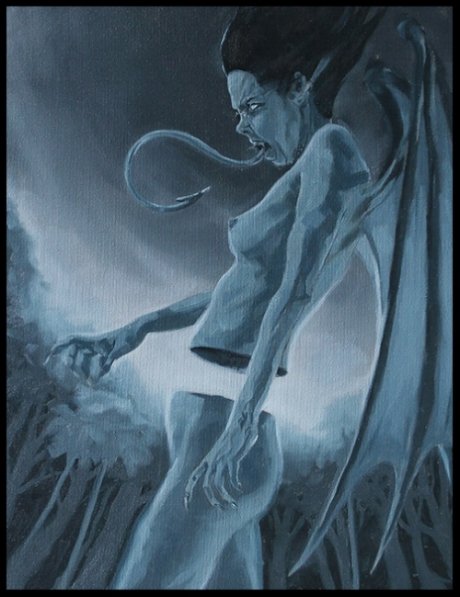
The Philippines are home to some of the most beautiful islands on the planet. Consisting of over 7000 small islands with dense forests.
Though beautiful, locals believe these forests are home to sinister creatures called Aswang. Reports include a variety of different characteristics, similar to those of vampires, werewolves, witches, and ghouls.
The legend of the Aswang is a large part of Philippine culture. Surveys suggest over 80% of locals believe in some form of the creature. This may result from the integration of Christian values into Philippine life. These promote close family values. When there are 3 or more generations living in a single household, stories are naturally going to be passed down.
Nevertheless, while these values keep families together, their development in the Philippines may have resulted in the emergence of a new kind of Aswang.
The new creature is known as the Manananggal, or “the one who separates itself”.
They are always portrayed as women; some accounts have described them as seductive and beautiful, although others describe them as repulsive.
After sunset, the Manananggal sprouts large wings on its back. It then separates itself at the waist, leaving the lower half of the body standing in the forest as it flies off in search of victims.
It perches on top of a hut, and slide its extremely long tongue through the straw roof, and into the room where the victim is sleeping. While it sucks the blood of adults as they sleep, its favorite meal is the blood of an unborn fetus. This explained any miscarriages in the community.
There are a few ways to defeat a Manananggal. Its weaknesses are similar to vampires.
It hates the holy cross, garlic, salt, and sunlight. If someone can find its lower half, and stuff salt and garlic into it. The top half will be unable to reattach itself and die the following morning.
These stories didn’t develop until the islands were converted to Christianity. When the Spaniards came into the country, they began to demonize the local way of life. They began telling the public, the local Shamans and healers were practicing the dark arts.
Some speculate during this time of conversion, the Spaniards created the legend of the Manananggal, as an attempt to draw the local people out of the forests and into the cities. Making them easier to control.
Why the Manananggal showed up during this time period is up for debate. Though there are still eyewitness accounts to this day. Stories are told to small children so they will not wander off after dark.
These stories have become part of the identity in the Philippines. Representation of the Manananggal is now used in parades and political protests.
So is the Manananggal a real creature, or just a form of public control?
For more information on the Aswang, check out the documentary 'The Aswang Phenomenon', directed by Jordan Clark.Source: https://www.jeffersonmuncy.com/folklore/manananggal